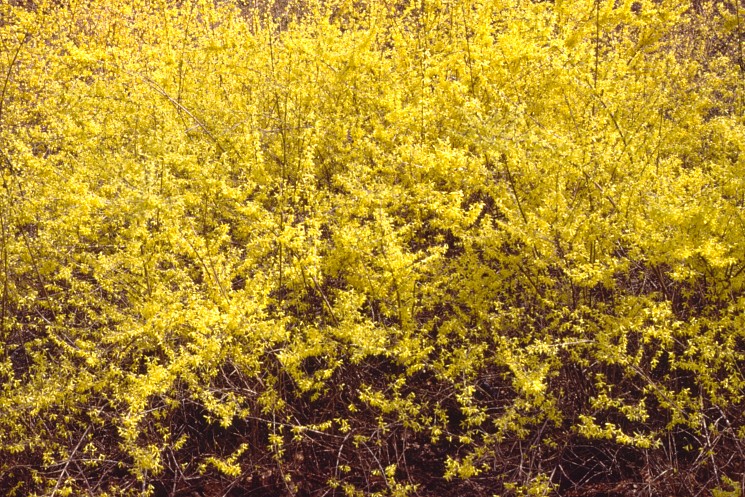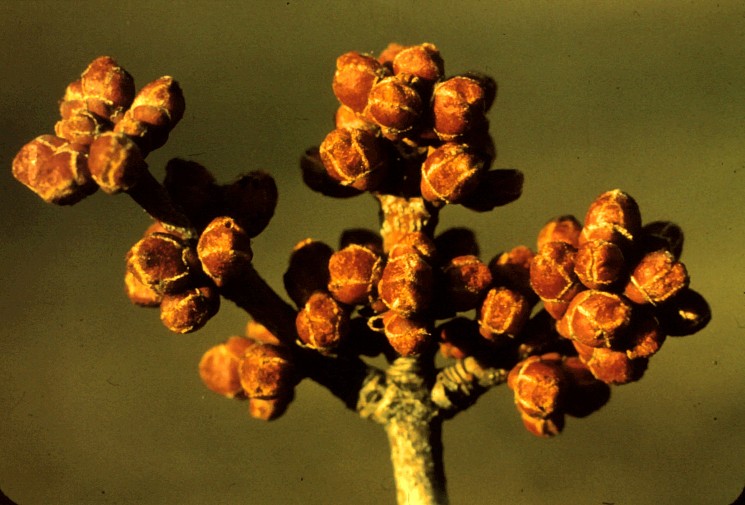Serviceberry, Amelanchier

…’Tis a month before the month of May,
Samuel Taylor Coleridge
And the Spring comes slowly up this way…
After our notable winter, countless people are awaiting proof that spring will arrive again. One native, arboreal accent appearing in the April landscape will be the white flowers of Amelanchier sp., commonly known as serviceberry or shadblow, and to some as Juneberry. Amelanchier is a genus of about 20 (30) species of small trees and shrubs, found mostly in temperate North America, with a few species also native to Europe and Asia. For us in New England, they are our first native, showy-flowered, spring blossoming trees. While these primarily white (a few are initially light-pink), approximately 1-inch, thin-petaled, flowers, will persist for only a brief week at most, their arrangement in clustered racemes produce an airy, ethereal effect. Noted landscape architect Jens Jensen (1860-1951), in his 1939 book, Siftings, praised their appearance, “To see the real beauty of the Juneberry is to see its frail blossoms intermixed with snowflakes on a stormy day in early spring – youth daring the tempest…”
(more…)Forsythia

…I begin to think about the long chronicle of forsythia
Billy Collins
how these same flowers have blazed
through the centuries,
roused from the ground by the churning spring…
Forsythia is primarily an Asian genus, and has been cultivated in Chinese landscapes since at least the Tang dynasty (618-907 AD). Of the eleven generally accepted species, ten are native to eastern Asia, and just one is native to the mountains of the Balkan Peninsula, in southeastern Europe (not “discovered” until 1897). Although seemingly ubiquitous during most springs, there are no species native to North America. First introduced to European horticulture in the 1830’s, Forsythia has unquestionably become one of the popular, dependable, definitions of spring.
(more…)Red Maple, Acer rubrum

From the earth’s loosened mould
Henry Wadsworth Longfellow
The sapling draws its sustenance, and thrives;
Though stricken to the heart with winter’s cold,
The drooping tree revives.
Signs of spring’s figurative and literal revival are the early flowers found on our native Red Maple, Acer rubrum. While some, but certainly not all, of these trees, may have glorious red fall foliage, it is more probable that the common name relies on the annual occurrence of dense clusters of the small, red, flowers, appearing before the leaves. There are two distinct forms of flowers, the male and female, mostly found on separate trees, each including five small, inconspicuous, sepals and petals. Visible upon closer observation, the male flowers, have numerous stamens, composed of whitish, or yellow, erect stalks (filaments), topped by darkish-brown anthers, which produce the pollen. Contrast these with the female flowers, having not stamens, but red, curved, antennae-like stigmas. When successfully pollinated, and fertilized, these female flowers will develop tiny pairs of winged seeds (samaras). Often initially bright red, maturing to brown by June, these twin seeds each are attached to thin, papery, ¾ to 1-inch long wings. These wings will later help twirl away the seeds (some refer to them as maple keys), from the parent tree, a fine example of wind dispersal of seeds.
(more…)Siberian Squill, Scilla siberica

The earth turns its northern face
Donald Everett Axinn
closer to the sun
as March delivers a raw and damp April.
Everything is restless and impatient,
like small children
made to sit a little too long.
One of the most impatient of springtime plants at Mount Auburn is Scilla siberica, Siberian squill. Its brilliant azure-blue flowers are one of our most striking springtime sights. The genus Scilla is represented by over eighty species of bulbous herbs native to Asia, Europe and Africa. Of these about a half-dozen species are planted for horticultural use in the United States. Scilla siberica is the most popular mainly due to its ability to produce a beautiful blue carpet just when we are all weary of our visually subdued winter landscape.
(more…)